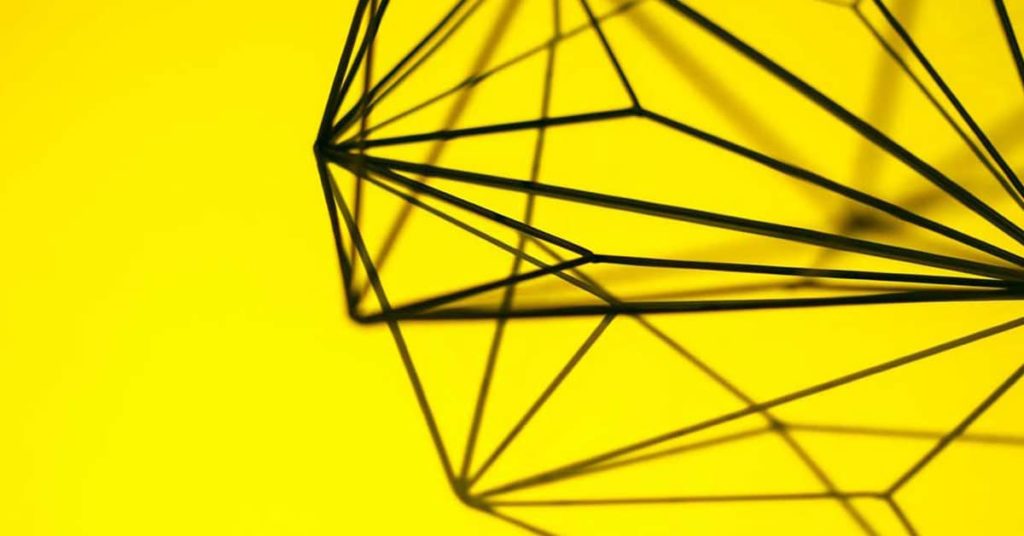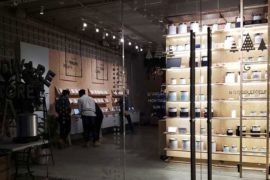For the past one and a half years now, two of the most recurring questions I get asked when I talk about school is one, what am I going to school for and two, what is experience design when I answer. So, for today, I’m going to talk a little bit about experience design and what it is I study.
What am I studying?
The short and simple answer is experience design. The longer explanation is that I am studying how to become a better designer. By better, I don’t just mean how to be innovative, I mean, how to pay better attention to the small details. These are the details that make us better designers.
How is this technology used? Is it easy to use? Is it fun and enjoyable? How can we make technology usable but also fun and enjoyable?
These are the basis of every great product.
But isn’t this just User Experience?
It can be, but experience design is not just user experience. It encompasses much more than just that.
When we think about user experience we tend to ask:
- What problem or problems are we trying to solve?
- What are the key performance indicators of this product?
- Who are the product’s users?
- What are the user’s pain points?
- Who are the decision-makers on the project?
- What is the business opportunity?
- How does this tie into the overall business strategy?
The list goes on and on but, the gist of it is, how do we improve user’s satisfaction with the product by improving its usability, accessibility, and pleasure provided by interacting with the product?
So what is Experience Design then?
Experience design focuses on a much boarder scope. Experience design is about creating a positive human outcome through levels of engagement and satisfaction that a user gets from using a product or service relevant to their environment and needs.
As experience designers, our goal is to make technology usable but also fun and enjoyable. We focus on how technology make users feel on an emotional level.
Conclusion
The term “Experience Design” itself is still relatively new. While experience design can involve user experience design, it is much more than just the user experience. It focuses on the emotions that drive a user to use a product and the impact it lives behind.




